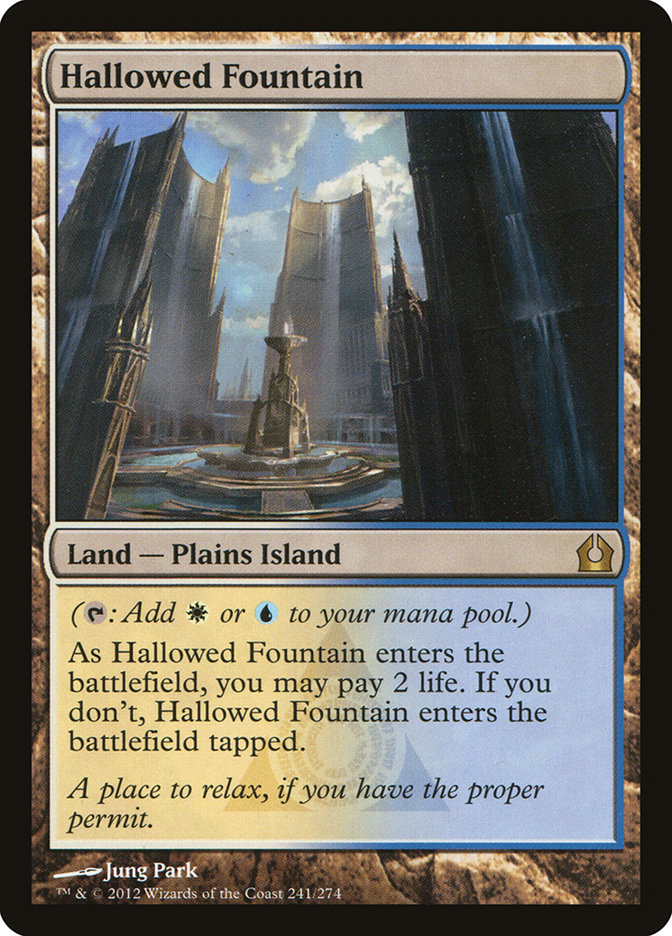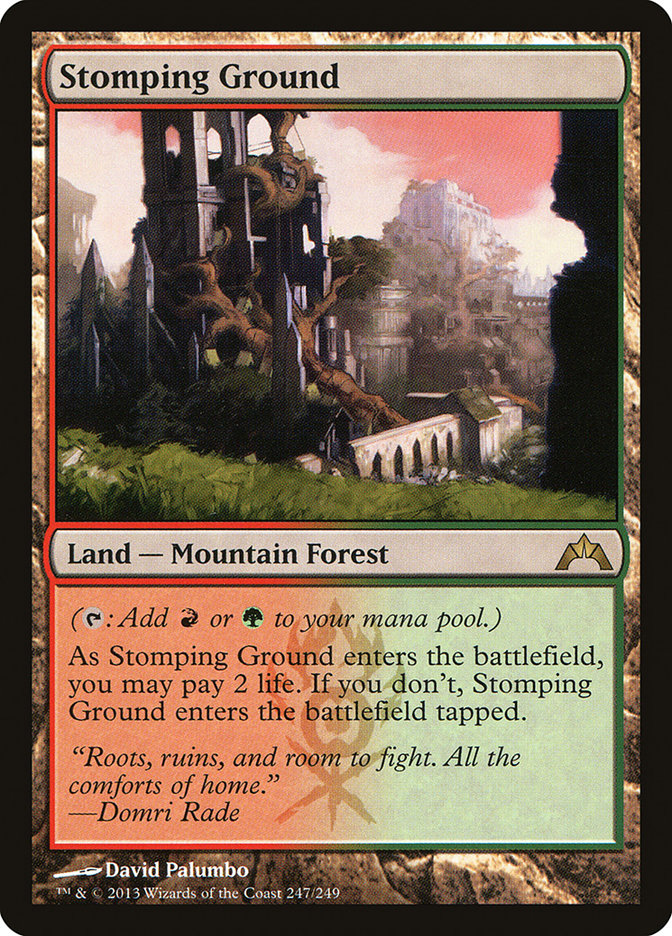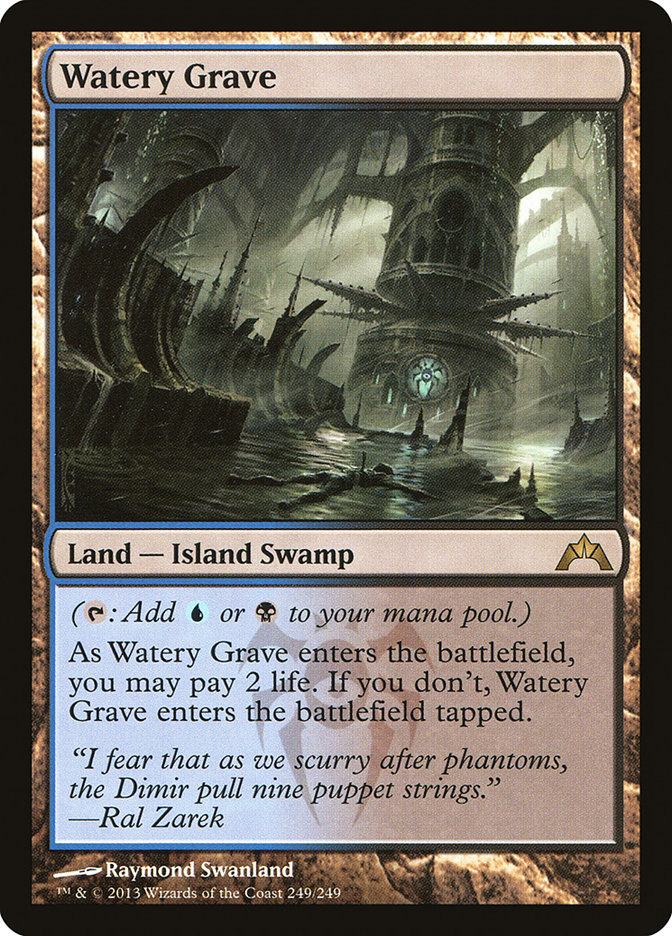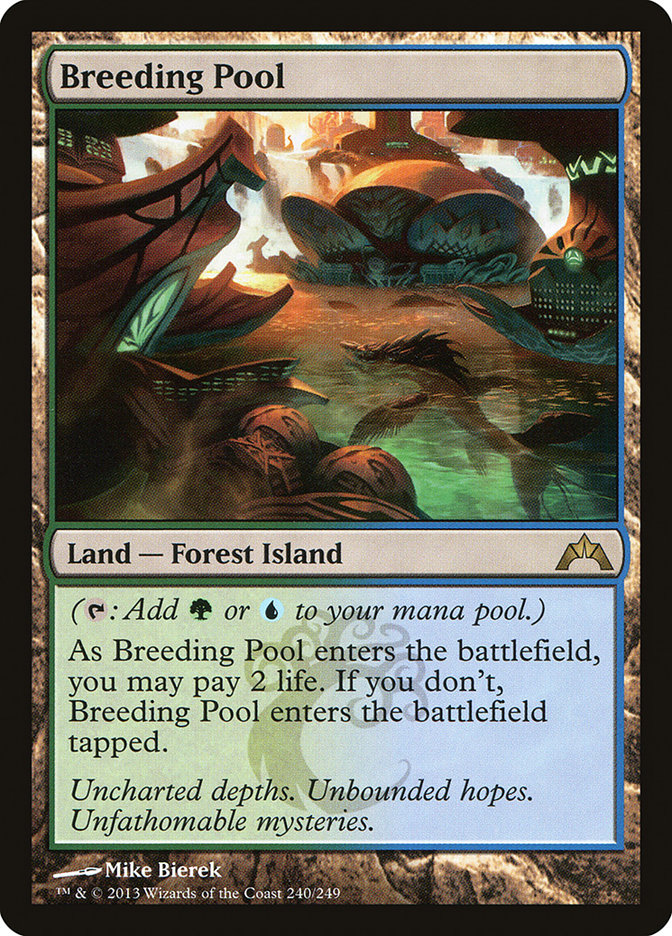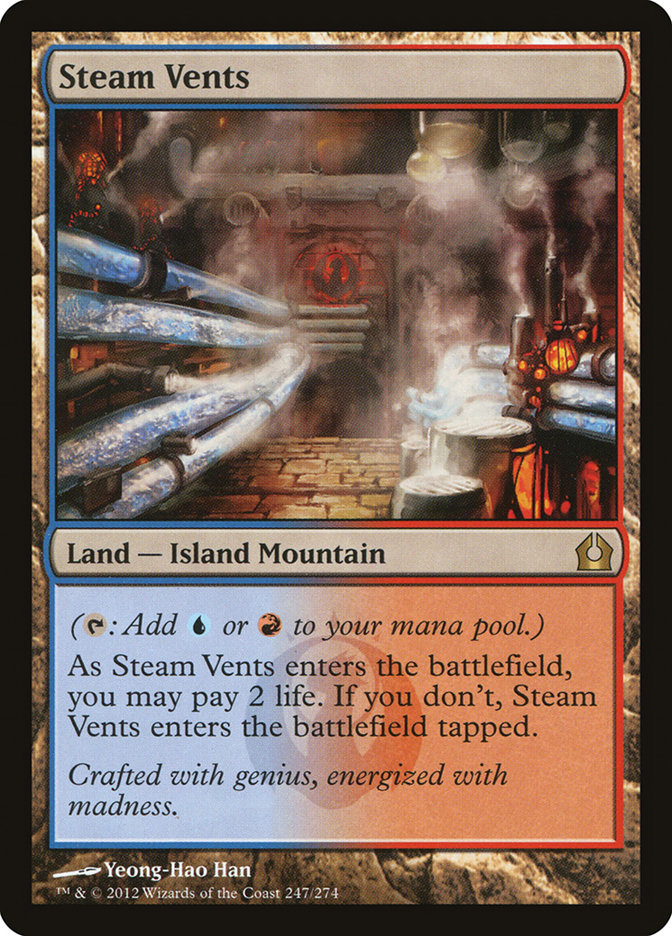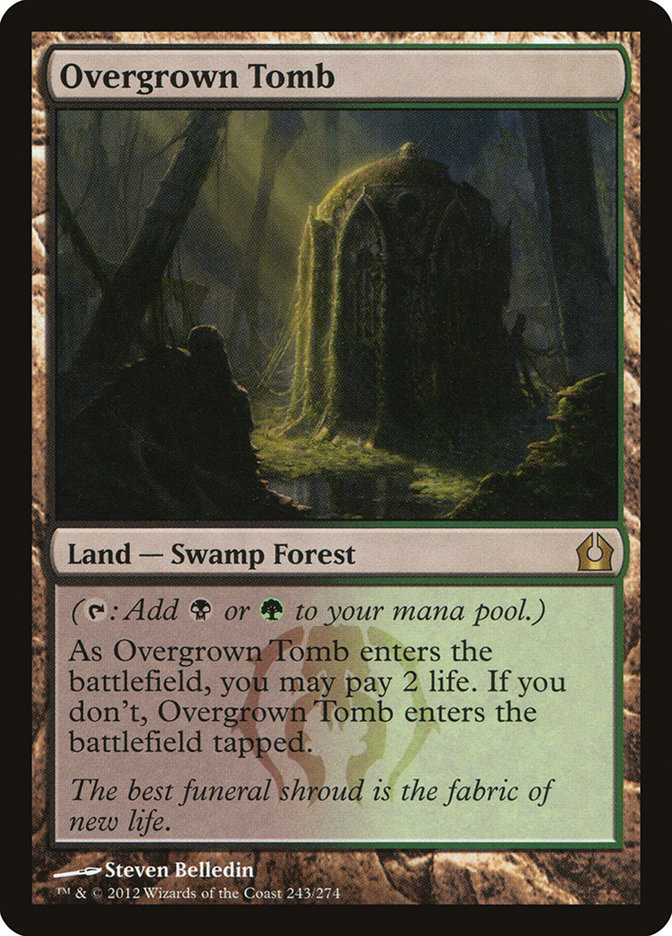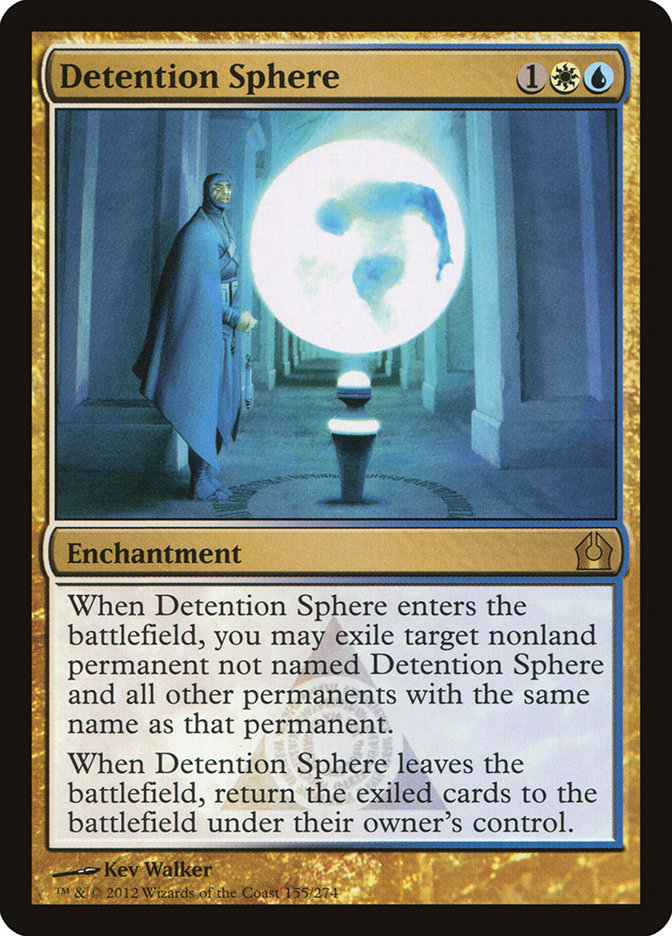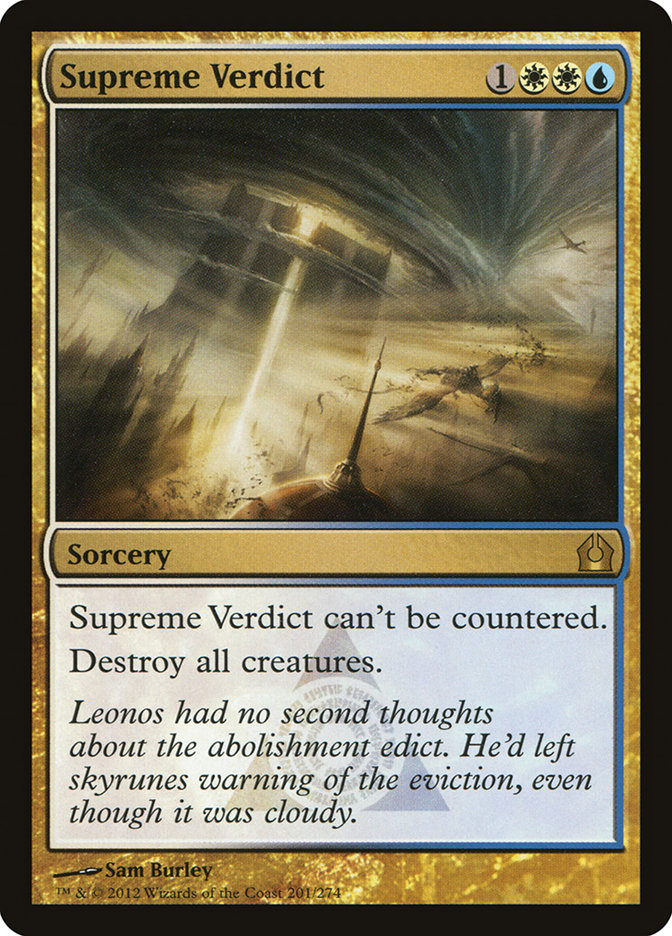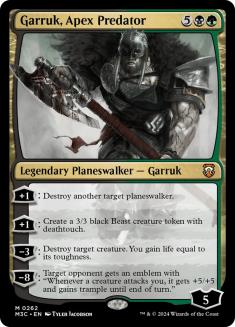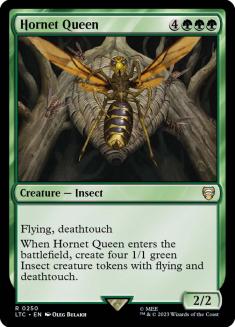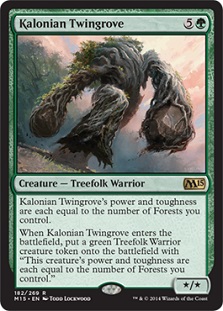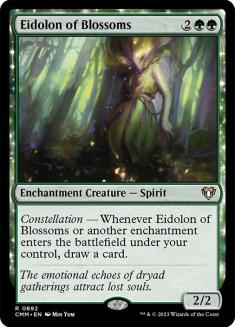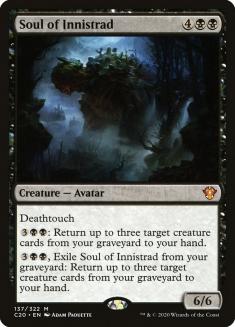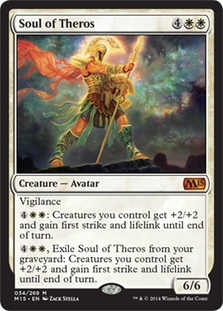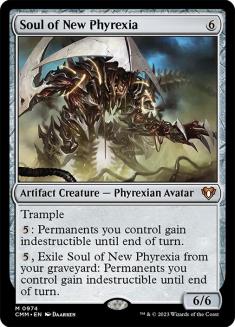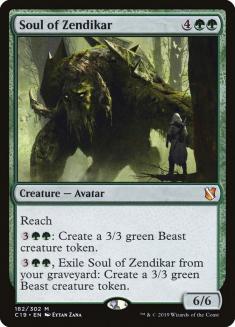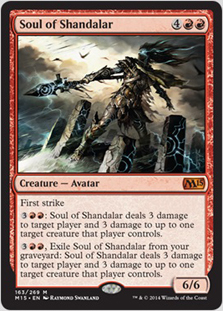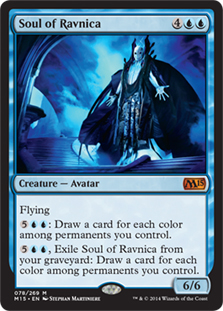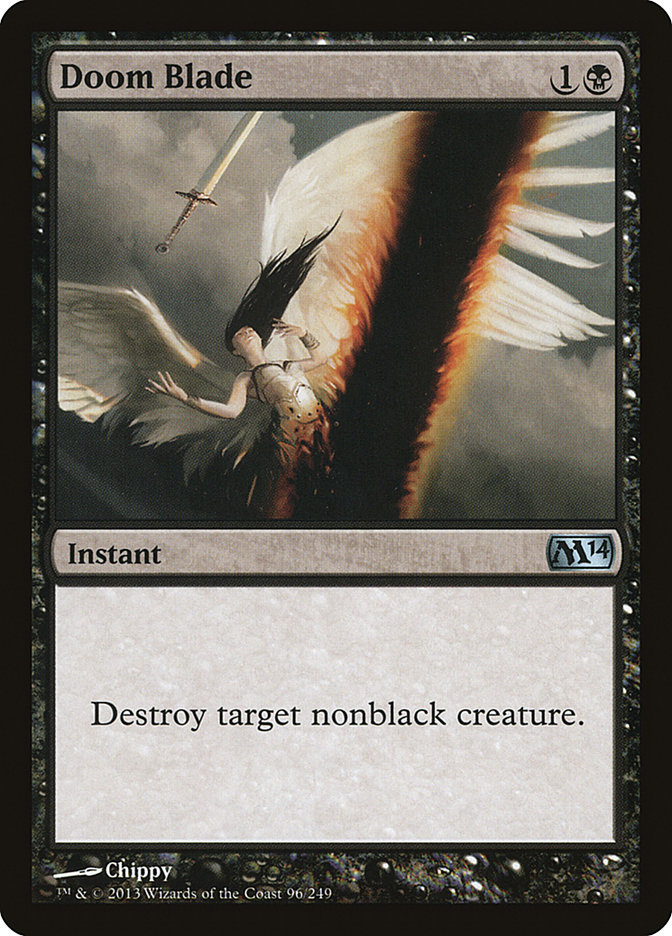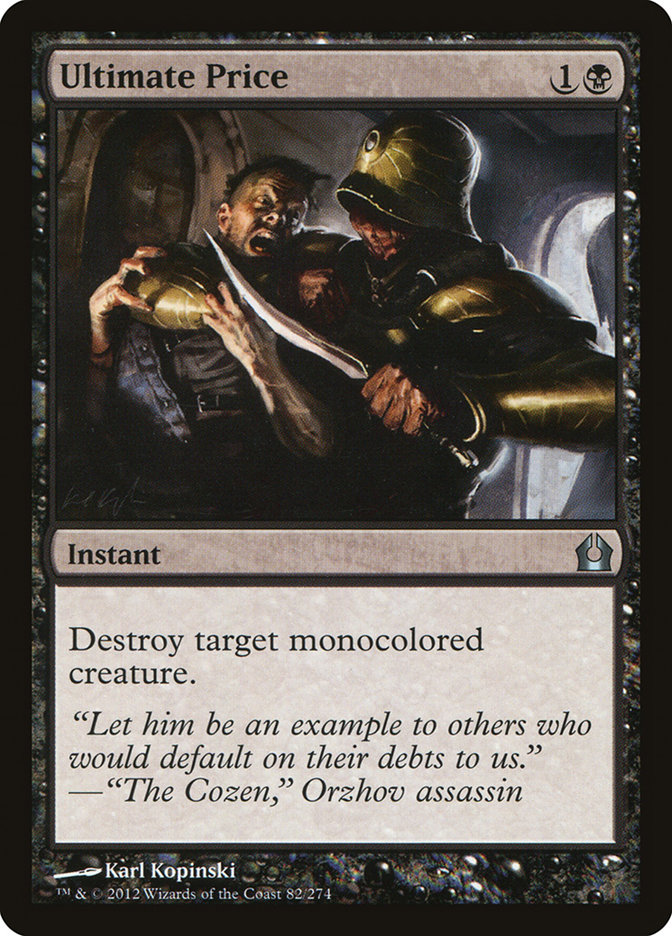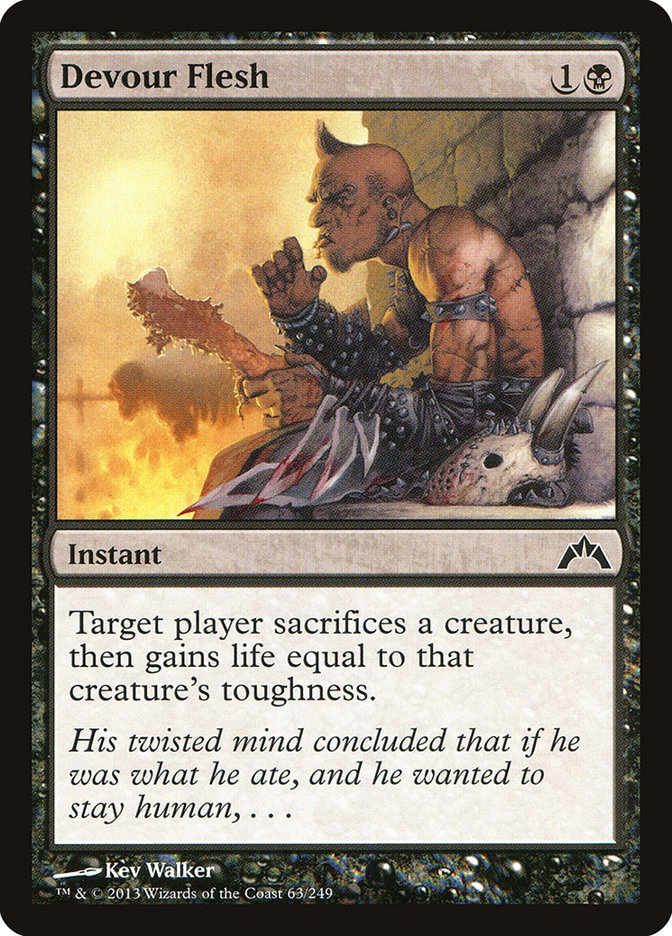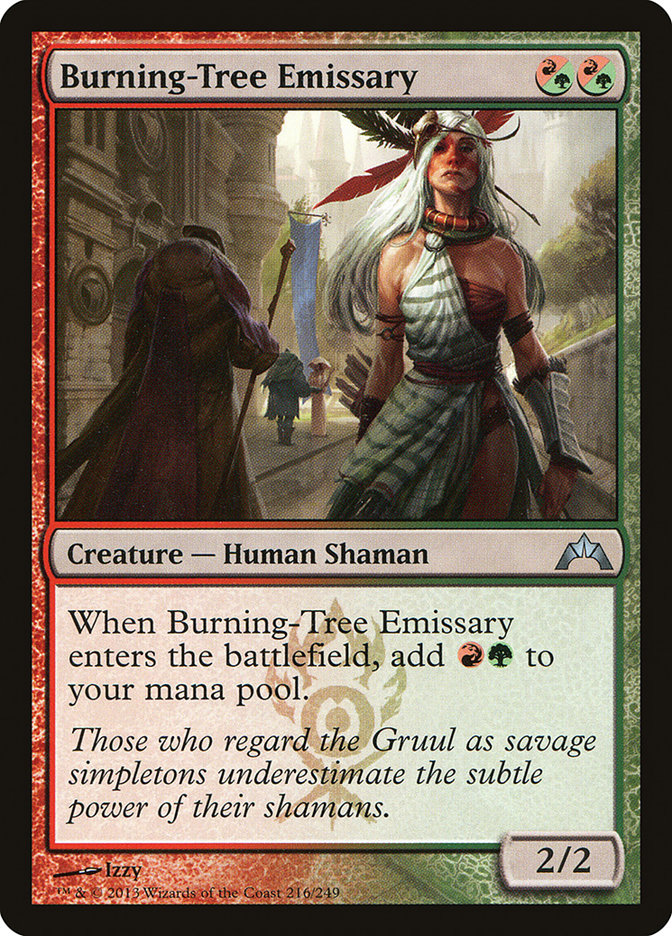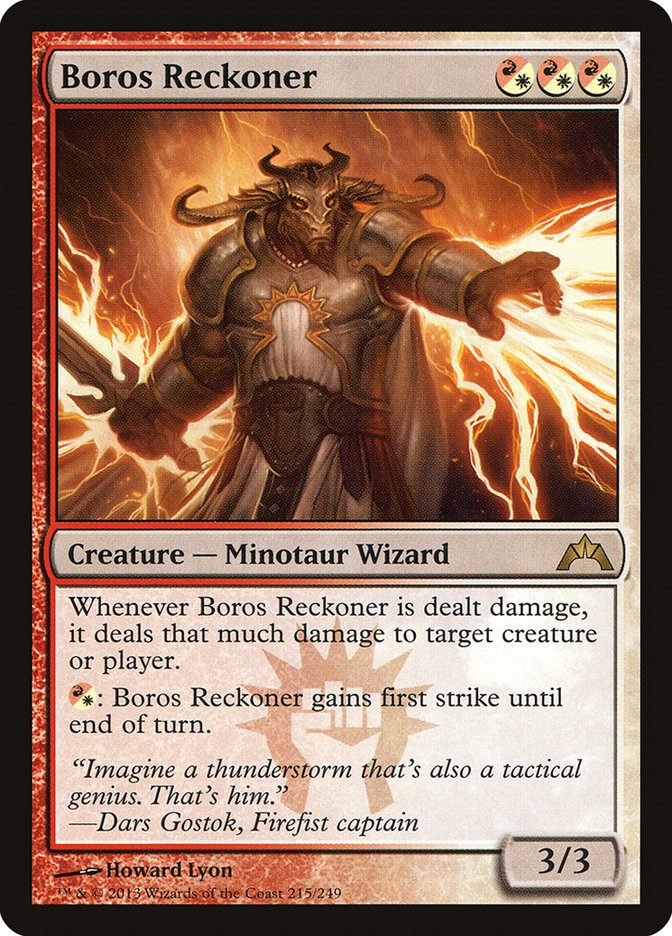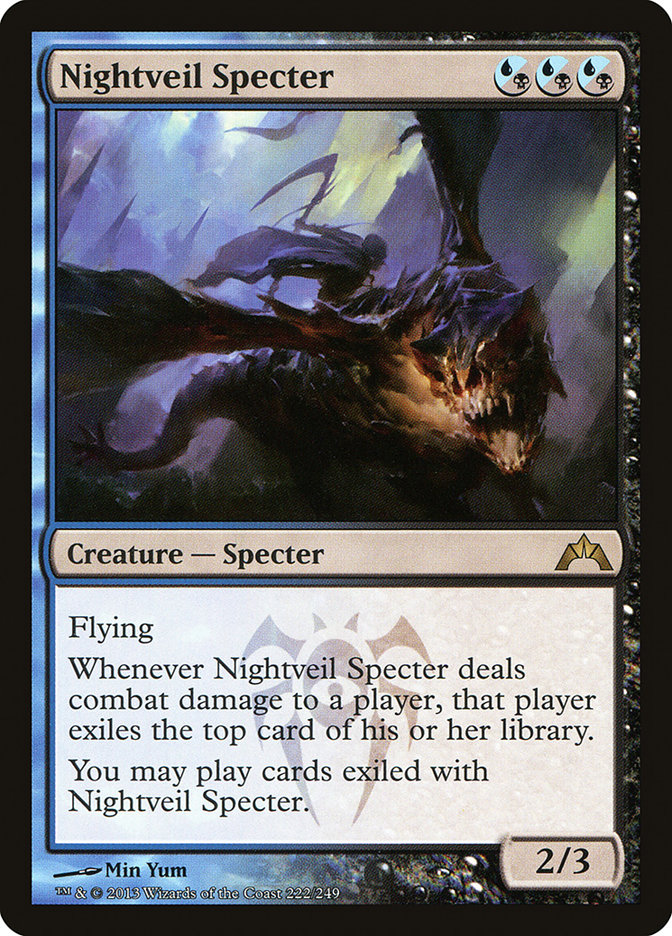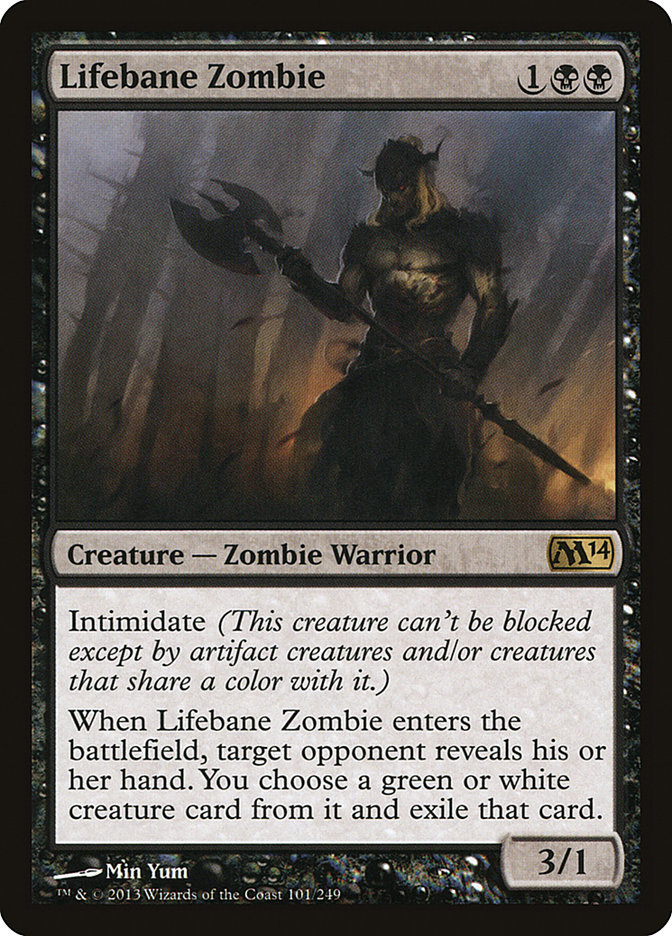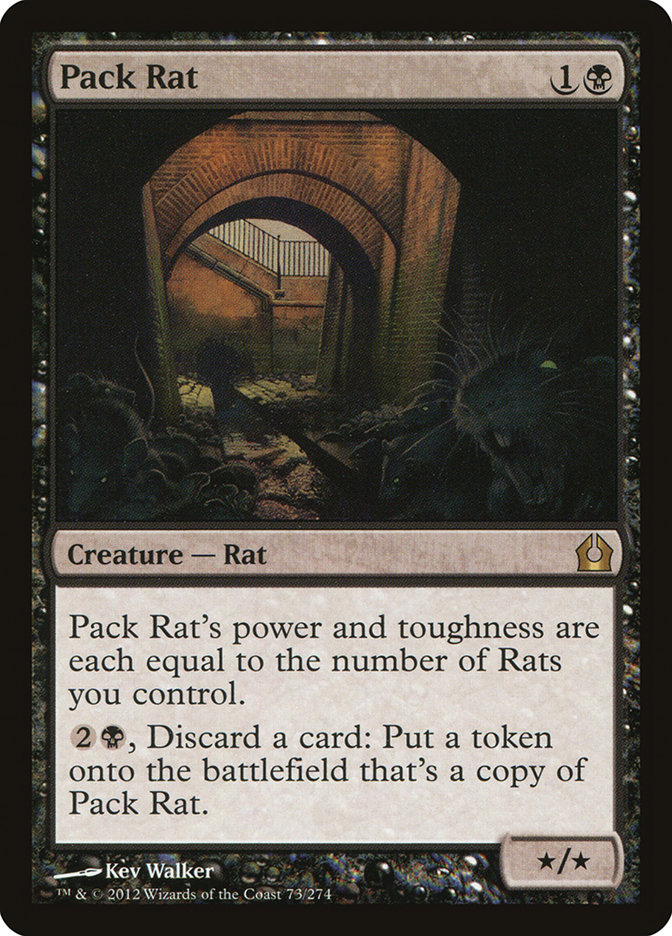For the past few years, I have made a habit of taking a look back around this time at the cards that have defined Standard for the past few years. While I
don’t like to speculate on the specifics of what decks will look like after rotation since there’s an entirely new set to account for, I do think it’s
valuable to question the assumptions we have come to take for granted about the format. If we’re going to look at a new format in the right way, we want to
identify its key characteristics, and that includes things it *doesn’t* have that we have gotten used to.
The cards from Ravnica Block and M14 have been huge players for the length of their time in Standard. They have formed the cornerstones of many of the
major strategies for the past two years, and given the growth of Magic in that time, there are probably many competitive players who barely remember a time
when they weren’t around. So let’s take a look at what we’ll be saying goodbye to later this year when Khans is released and Ravnica is no more.
First let’s start with the big ones: the shocklands. Ravnica’s shocklands are so good that they are the primary mana sources used in Modern. Of course, in
that format they are mostly accompanied by the Zendikar fetchlands, which make assembling almost any combination of colors of mana almost trivial.
Shocklands have served as the primary manabase for most Standard decks over the past couple years. It may not seem like it these days since mono-color
decks have been at the top of the heap for quite a while now, but a big part of that is actually because the shocklands weren’t enough to support many of
the decks people wanted to play on their own.
Look at G/W Aggro, for instance. Almost the entire deck that Jackson Cunningham played to a second place finish at Pro Tour Magic 2015 was legal for most
of the past year. Why did it only really start to break out toward the end of the season?
There were a few additions like Banishing Light, Sunblade Elf, and Setessan Tactics, but the biggest difference was Mana Confluence. While controlling and
midrange decks could take advantage of the mana fixing and draw smoothing of the Theros block temples, an aggressive deck like G/W simply couldn’t afford
to give up the tempo to play lands that enter the battlefield tapped. With only Temple Garden available for mana fixing that didn’t stunt the deck’s
development, it simply couldn’t cast creatures like Voice of Resurgence and Fleecemane Lion on turn 2 consistently enough to be a legitimate contender.
What does that mean moving forward? Well, so far we have seen “wedge” lands spoiled from Khans of Tarkir. These are in the vein of Arcane Sanctum and
Savage Lands, producing the three colors of their clan and entering the battlefield tapped. While I anticipate seeing some other cycle of rare lands, since
almost every block has them, it’s hard to imagine that they’re likely to be as effective as the shocklands – especially for aggressive decks.
What does this mean? Expect the new format to be significantly slower than the current Standard, at least at first, and at least as far as multi-color
decks are concerned. We got a glimpse of a world without shocklands and full of temples at Pro Tour Journey into Nyx, and that was certainly a place where
not many decks came blazing out of the gates. Instead, games were long and dominated by cards like Sylvan Caryatid, Courser of Kruphix, and Elspeth, Sun’s
Champion.
It’s worth noting that M15 does have a cycle of dual lands that will help mitigate the loss of the shocklands: the enemy painlands. Battlefield Forge and
friends offer mana-fixing tools to enemy color decks and are at their best in aggressive strategies that are less likely to care about the life loss. Be
warned that pairing painlands with Mana Confluence is…well, painful. They’re still a far cry from the shocklands, and they only exist for half of the
possible color combinations.
I would not be surprised to see a paired allied color cycle of some kind coming out in Khans since WotC has mostly abandoned the idea that only offering
functional mana for certain color combinations is an interesting facet of the game. But if those lands aren’t there, or if they’re slower like the Temples,
expect to see multicolor aggro decks struggle, or at least slow down a bit.
But the mono-color aggro decks are going to be taking perhaps an even bigger hit…
It’s possible that Mutavault was the single most influential card in Standard during its time in the format. Not only did it offer a ton of power to decks
that could afford a hit to their manabase – be those decks mono-color, or slower two- (and even three-) color decks like U/W or Esper – but it also offered
powerful synergies with tribal cards as well.
Sadly, those tribal cards that Mutavault powered up weren’t anything cool like slivers or goblins or elves, but rather the single-card tribal strategies of
Master of Waves and Pack Rat. While Pack Rat itself was a frustrating card to play against, what with how it could grow impossibly out of hand if you
didn’t kill it quickly, it was really Mutavault that gave the swarms of rats the ability to actually go toe-to-toe with real creatures and win.
The loss of Mutavault is a huge deal. While none of the devotion cards from Theros Block are going anywhere, I think the devotion decks that we do see are
much more likely to be multicolor than in the past – even with the loss of shocklands – simply because Mutavault was one of the biggest incentives to be as
close to mono-color as possible.
I’d say that the loss of Mutavault would make control decks in the format likely to be stronger, but they’re taking even more of a hit…
Ever since these three cards were printed in Return to Ravnica, playing a control deck in Standard pretty much meant playing with Sphinx’s Revelation. The
existence of Revelation in the format put a ceiling on what the other decks could even try to do. Any deck that wasn’t fast enough to win the game before
Revelation could matter that didn’t have countermagic itself was simply non-competitive against Revelation decks unless it was packed with tons of hate
against it.
Look at the sideboards of the Jund Planeswalker decks in the Top 8 of Pro Tour Magic 2015. While cards like Duress and Thoughtseize are standard fare when
it comes to sideboard cards against control decks, cards like Slaughter Games are typically reserved for combo decks that are heavily reliant on a
particular card, like Scapeshift or Mind’s Desire. But Sphinx’s Revelation so dramatically warps the dynamic of the matchup that the Jund Planeswalker deck
simply has to deal with it at all costs. Thoughtseize isn’t enough, because you have to keep them from ever drawing a Revelation again.
Come fall though, control decks will come pre-Slaughter Games’d for Sphinx’s Revelation, because it’s out of Standard for what I hope is forever. What does
this mean? Well, not only will we not have to sit around and wait for people to infinitely draw their decks with Elixir of Immortality anymore, but it also
means that we’re going to suddenly be in a world where value really matters.
In the context of Sphinx’s Revelation, incremental advantage means very little because the swings it creates in games are so massive. You had to end the
game before Revelation could matter, either through sheer speed or with pressure and disruption. But with Revelation gone, midrange decks can once again
have a chance to shine.
And once again, we can look to Pro Tour Journey into Nyx to see a glimpse of a world without Sphinx’s Revelation – and Supreme Verdict, for that matter. We
have not lived in a world without either Supreme Verdict or Day of Judgment for quite some time, and without a four-casting cost sweeper in M15, unless we
find one in Khans of Tarkir, the world will be quite a different place.
The decks played by both finalists at Pro Tour Journey into Nyx are a great example of what a world without Revelation and Supreme Verdict might look like.
Mana creatures like Sylvan Caryatid are left unmolested by sweepers, and games are won by haymakers like Elspeth, as well as the fights over Elspeth with
removal spells like Hero’s Downfall and Banishing Light.
I know when I was playing Constellation decks in Standard for a while, I felt like the deck was extremely strong against pretty much everything but Supreme
Verdict and Sphinx’s Revelation. A deck built to develop the board and generate incremental value is a sitting duck for those two cards, since either one
of them can spell disaster.
I remember when Scars of Mirrodin Block rotated and took with it Vapor Snag, Mana Leak, and Dismember. I predicted the rise of midrange creatures like
Huntmaster of the Fells, Thundermaw Hellkite, and Falkenrath Aristocrat because they were no longer oppressed by cheap removal and countermagic. With
Sphinx’s Revelation and Supreme Verdict going away, I expect to see a world in which players are once again battling it out with haymakers and trying to go
ever slightly bigger than the next guy to get an edge.
Here’s some cards I expect to see show up after rotation that have yet to really have their time in the sun:
Unless Khans of Tarkir brings about a big shift in the format, going big is going to be a way of life now that Revelation and Verdict are gone.
It’s also worth noting that even if we do see a new sweeper in Khans, it won’t be Supreme Verdict, which means once again, countermagic is an option to
help defend against wrath effects. It’s been so long since that was even an option that it’s hard to remember! Will we see Yavimaya Coast getting some more
play come the fall?
This was the card that really made Gray Merchant of Asphodel worth playing in most devotion decks. Sure, Gray Merchant could get you out of some jams or
win games no other card really could, but it was its fueling of Underworld Connections that was the real reason it was so important. Underworld Connections
is the card that gave Mono-Black Devotion so much power against any kind of midrange or control deck since you could outdraw just about anything short of
Revelation itself.
I’d expect to see a huge uptick in the number of copies of Read the Bones that sees play in the new Standard format. It was already getting the nod over
Connections in many B/W Midrange decks without Gray Merchant, as well as in decks that just couldn’t support the BB casting cost easily, though those that
can may simply elect for the cheaper Sign in Blood.
While Thoughtseize and Hero’s Downfall remain, many of the go-to removal spells for the current Black Devotion decks are gone. This is good news for anyone
who is in the business of playing creatures since they’re that much more likely to actually get a chance to live. On the other hand, especially if the
format shifts as I think it might to a slower, more midrange-style world, I expect to see Silence the Believers pick up dramatically in popularity, which
can be even more devastating to some decks.
With Ravnica go the hybrid mana cards, which went a long way toward powering up the gods and other devotion cards like Master of Waves. If PT M15 was any
indication, Mono-Blue Devotion (at least in its current incarnation) is pretty close to dead in the water after the rotation. Virtually every creature the
deck plays comes from Ravnica block. Without Nightveil Specter, Frostburn Weird, Cloudfin Raptor, and Tidebinder Mage, you’re digging pretty deep to find
anything to actually turn Thassa on.
This is, again, good news for anyone who’s in the market to play a creature deck, since you’re far less likely to get overwhelmed by little blue fliers or
brick walled by a Thassa on the ground.
Similarly significant is the loss of Burning-Tree Emissary for green and red devotion decks. Burning-Tree Emissary was crucial to generating a bunch of
colored mana symbols for Nykthos without actually having to pay for them and was a key part of many of the explosive draws those decks were capable of.
Then again, the loss of Supreme Verdict and Sphinx’s Revelation – along with so many key pieces of Mono-Black devotion, which made up Mono-Green Devotion’s
worst matchups – may more than make up for it, especially if Nissa and the new Garruk can take the place of Garruk, Caller of Beasts. There’s a lot of room
in the new world to be ramping to giant things even if you’re doing it a bit slower than usual. Perhaps Genesis Hydra will even find a real home now that
so many of its natural enemies are gone.
Speaking of natural enemies, this card is aptly named, since it has been the bane of my life since it was printed. Having an inclination toward green decks
during a time when both this and Tidebinder Mage saw maindeck play was more than a little frustrating, to say the least. But with Lifebane Zombie gone, we
may actually see green decks that accelerate into creatures again, instead of just using mana creatures to ramp into planeswalkers.
The card that has probably been oppressed the most by Lifebane Zombie is Polukranos, World Eater. Polukranos is an incredibly powerful card, but it was
simply incredibly poorly positioned in a world full of not only Lifebanes, but also Ultimate Prices, Doom Blades, Rapid Hybridizations, and Supreme
Verdicts. Most of those cards will no longer be with us
Good riddance.
Okay, wait, I’ll write some more. The departure of Pack Rat is a big deal for the format, not only in terms of the fact that it will be way more fun when
people are actually playing the cards they put into their decks rather than just discarding them to make rats but also because it has major deckbuilding
implications. In the current Standard, you basically have to play a deck with an abundance of ways to deal with an early Pack Rat or you stand to just risk
losing to it almost on the spot. It’s like Hypnotic Specter was way back in 1996. If you couldn’t deal with Dark Ritual into Hypnotic Specter on turn 1, you were going to have a bad time.
With Pack Rat gone, building removal-light decks is a lot safer. Which is a good thing too, since some of the best multi-purpose answers to Rat like
Mizzium Mortars, Abrupt Decay, and Detention Sphere are going away along with it. I know that I’m looking forward to being able to put together a deck
without asking myself all the time if I have enough ways to kill a turn 2 Pack Rat, only to get my removal Thoughtseized and lose to it anyway.
What about you? What cards are you excited to see leave Standard? What cards will you miss?

